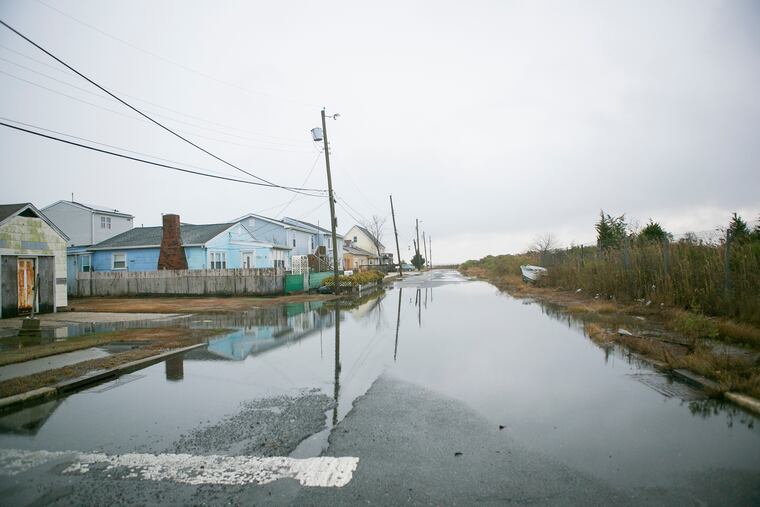New Jersey is warming faster than other Northeast states, with sea level rise higher too, report finds
New Jersey is warming faster than other Northeast states, with temperatures rising 3.5 degrees since the fossil fuel era began. And it’s about to get even hotter for longer periods.
